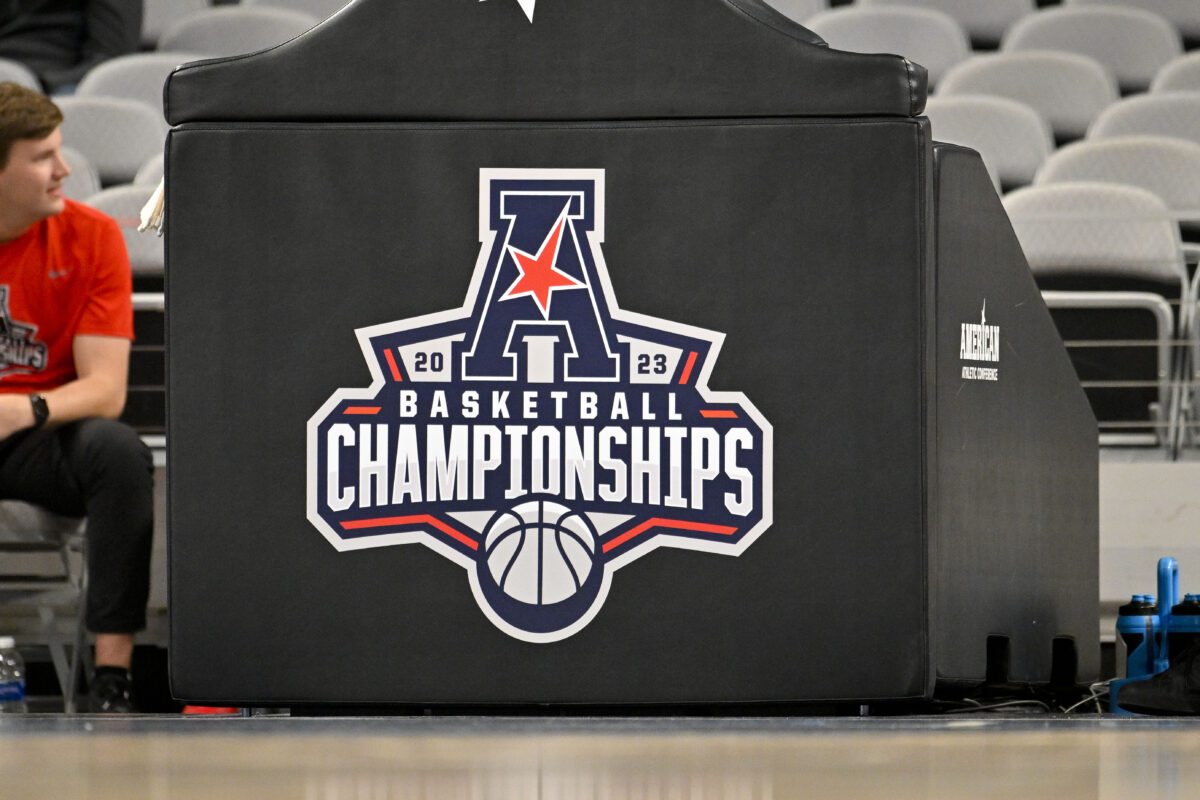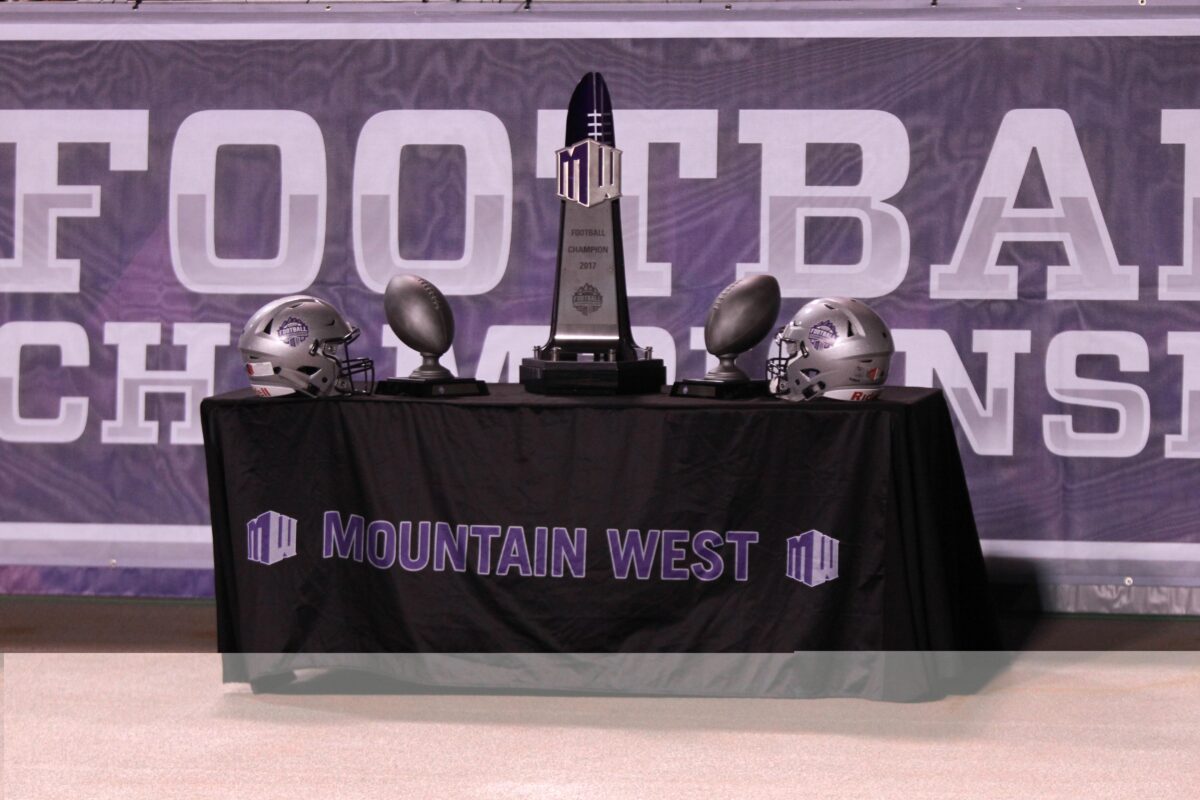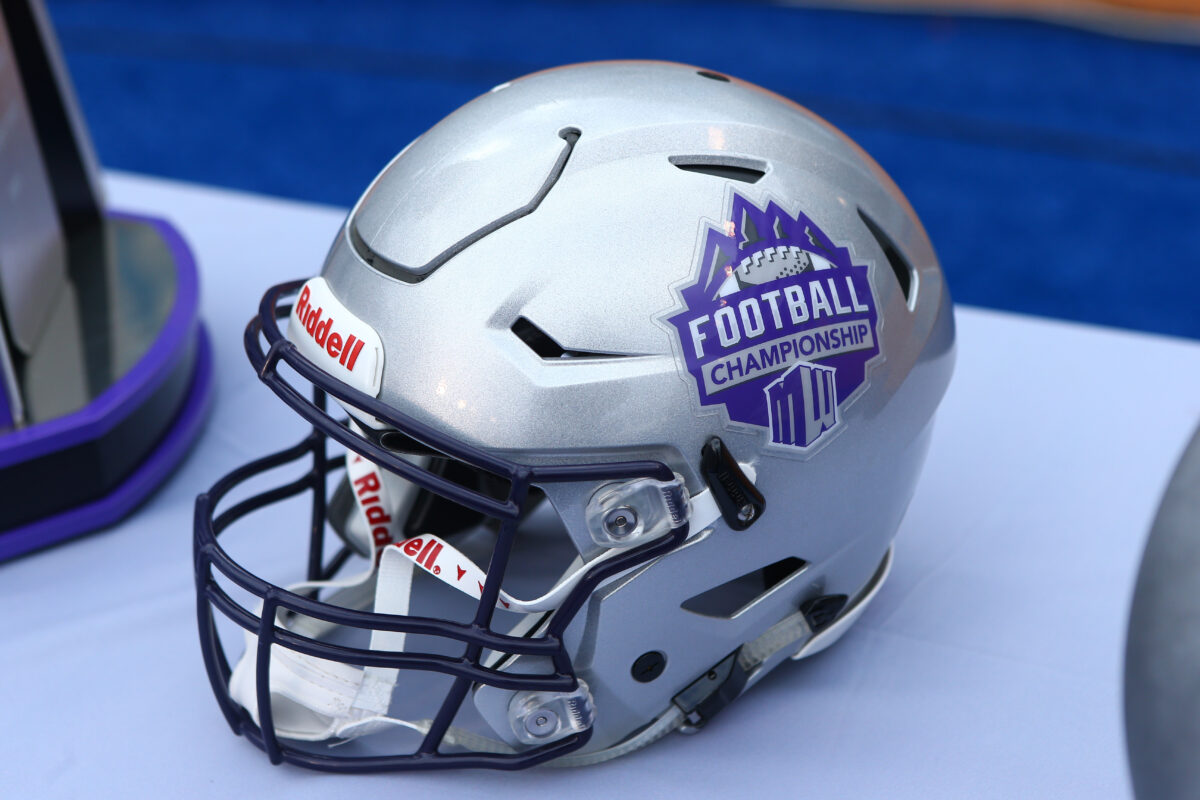Is anyone else exhausted by conference realignment? We sure are.
Like a dog chasing a cat in an open field, we’re always running a little bit behind, trying to keep up with the latest rumors, plot twist, conference board meetings, and the other related events in this theater of activity which is sometimes referred to as “a soap opera for dudes.”
It might be sad and depressing to see the Pac-12 die, and it might be annoying to see college athletes being disregarded in this process. Oregon softball players and Arizona State swimmers did not sign up for long plane flights to the Midwest when they chose to attend those schools a few years ago. Their needs are being ignored, and we know it.
Yet, the larger drama surrounding realignment is impossible to pull away from until it runs its course. Knowing that it’s uncertain whether Stanford University — a prestigious school with elite sports programs across the board — will be in one conference or another is hugely dramatic and considerably significant. We want to find out where this road is leading, and we want to stay with this drama until it is resolved.
That’s why realignment is exhausting. We don’t seem to have resolution to Stanford’s (and Cal’s, and Oregon State’s and Washington State’s) plight.
The ACC refused to vote on admitting Stanford and Cal on Wednesday night, a clear indication the conference doesn’t have the votes to approve the move. If the ACC’s attempt to bring in Stanford and Cal has stalled, that means the AAC is still a player. It also means the Mountain West might still have a chance to work something out with the “Pac-4.”
Let’s give you some reactions to the AAC part of this puzzle. Much like Stanford and Cal to the ACC, it wouldn’t seem to make a lot of sense, but then again, the Pac-12 dying doesn’t make sense on many levels.
Here we go:




